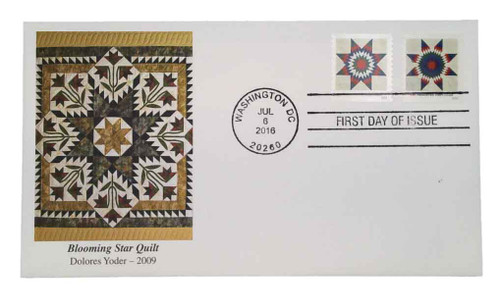
# 5098-99 - 2016 25c Star Quilts
Quilt making was not common in the United States until the late 18th century. Before this, people did not have enough time to spend sewing anything but their family’s clothing. Only the wealthiest people had the time to quilt during the colonial period. As such, the quilts tended to be more decorative than practical. Initially, the quilt’s main purpose was to show off the sewing skills of its maker.
Wholecloth quilts were the first type to be made by common people. These designs looked like one piece of fabric but were actually made up of many strips. These quilts were three layers thick, and their only decorations were the quilt stitches themselves. Broderie perse, another style of quilting, was also used in this time period. This style consisted of cutting shapes from printed fabric and sewing them onto a solid background.
By the 1840s, fabrics were finally affordable thanks to the growth of the textile industry. This led to quilt making becoming a more popular hobby. That popularity grew further with the invention of the sewing machine a short time later. During the Civil War, quilts were even made to raise money for the war and support abolitionism.
The time and effort put into a quilt makes it priceless. Many become family heirlooms, passed down from generation to generation.
Birth of Elias Howe
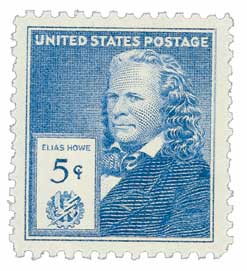
Inventor Elias Howe Jr. was born on July 9, 1819, in Spencer, Massachusetts. Howe is best remembered for patenting the modern lockstitch sewing machine.
In 1835, Howe became an apprentice in a textile factory in Lowell, Massachusetts. When the factory closed following the Panic of 1837, he moved to Cambridge, Massachusetts where he worked a mechanic in another textile factory. In 1838, Howe began an apprenticeship with Ari Davis, who built and repaired chronometers (devices used to measure time) and other instruments. Davis once told Howe that whoever invented a practical sewing machine would be rich. So, Howe set about being that man.

Howe didn’t invent the first sewing machine – various forms of mechanized sewing had been used as early as 1790. Over the years, various inventors created and even patented sewing machines, but none produced a durable enough stitch to replace hand-sewing. Walter Hunt came close in the early 1830s. He invented a back-stitch sewing machine, but refused to patent it for fear of the jobs it would take away from seamstresses.
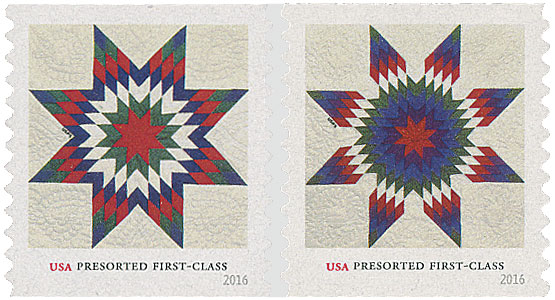
Howe worked on his machine for eight years in his spare time, working out the logistics. His machine differed from his contemporaries (and laid the groundwork for modern machines) in that he placed the eye near the point of the needle, included a shuttle beneath the cloth to create a durable lock stitch, and had an automatic feed to move the cloth through. When he demonstrated his machine in 1845, it could make 250 stitches per minute, out-sewing five seamstresses. However, at $300 (over $10,500 today) it was a tough sell. Howe patented his design the following year, but was a poor businessman and had a string of bad luck – his workshop burned down, and he was swindled out of British royalties.
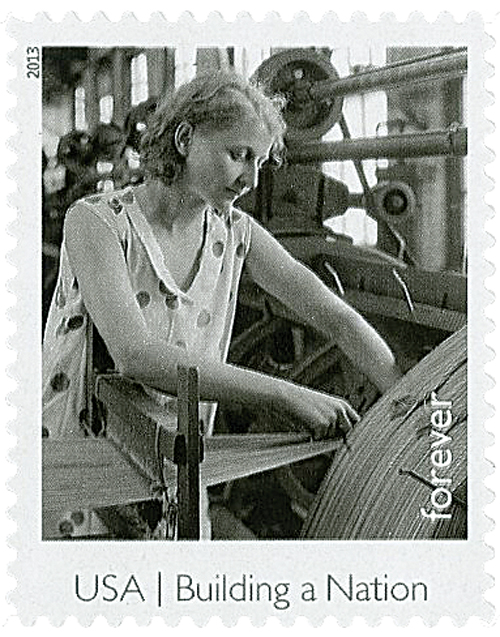
Sewing machines quickly grew in popularity, and it appeared that other people were using features of his patent on their machines. In 1854, Howe sued for patent infringement and eventually won. Two years later, he joined other manufacturers to create the first American patent pool, allowing them to all share the wealth of their creations and avoid going to court. With this new arrangement, Howe received $5 royalty for every sewing machine sold in the US, amounting to $2 million. He finally achieved his goal.
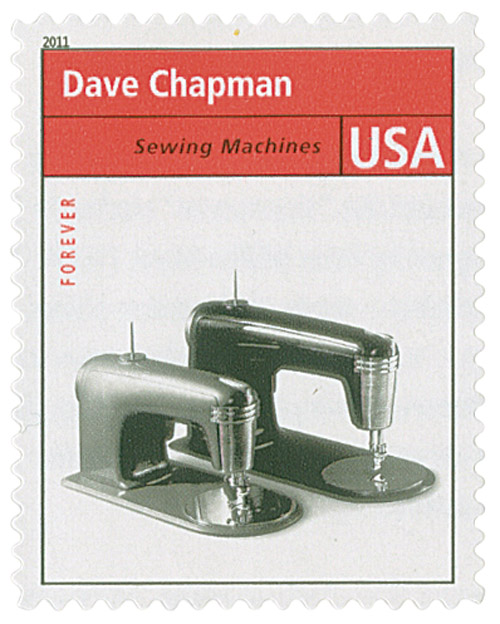
In 1851, Howe Patented an “Automatic, Continuous Clothing Closure” – resembling a zipper. However, he didn’t bother marketing it. During the Civil War, Howe served on the 17th Connecticut Volunteer Infantry. However, he was in poor health and was made the regimental postmaster, tasked with riding back and forth to Baltimore with war news.
In his later years, Howe won a gold medal for his sewing machine at the 1867 Paris Exhibition. That same year he was also awarded France’s Légion d’honneur. Howe died on October 3, 1867, and was posthumously inducted into the National Inventors Hall of Fame.
Quilt making was not common in the United States until the late 18th century. Before this, people did not have enough time to spend sewing anything but their family’s clothing. Only the wealthiest people had the time to quilt during the colonial period. As such, the quilts tended to be more decorative than practical. Initially, the quilt’s main purpose was to show off the sewing skills of its maker.
Wholecloth quilts were the first type to be made by common people. These designs looked like one piece of fabric but were actually made up of many strips. These quilts were three layers thick, and their only decorations were the quilt stitches themselves. Broderie perse, another style of quilting, was also used in this time period. This style consisted of cutting shapes from printed fabric and sewing them onto a solid background.
By the 1840s, fabrics were finally affordable thanks to the growth of the textile industry. This led to quilt making becoming a more popular hobby. That popularity grew further with the invention of the sewing machine a short time later. During the Civil War, quilts were even made to raise money for the war and support abolitionism.
The time and effort put into a quilt makes it priceless. Many become family heirlooms, passed down from generation to generation.
Birth of Elias Howe

Inventor Elias Howe Jr. was born on July 9, 1819, in Spencer, Massachusetts. Howe is best remembered for patenting the modern lockstitch sewing machine.
In 1835, Howe became an apprentice in a textile factory in Lowell, Massachusetts. When the factory closed following the Panic of 1837, he moved to Cambridge, Massachusetts where he worked a mechanic in another textile factory. In 1838, Howe began an apprenticeship with Ari Davis, who built and repaired chronometers (devices used to measure time) and other instruments. Davis once told Howe that whoever invented a practical sewing machine would be rich. So, Howe set about being that man.

Howe didn’t invent the first sewing machine – various forms of mechanized sewing had been used as early as 1790. Over the years, various inventors created and even patented sewing machines, but none produced a durable enough stitch to replace hand-sewing. Walter Hunt came close in the early 1830s. He invented a back-stitch sewing machine, but refused to patent it for fear of the jobs it would take away from seamstresses.

Howe worked on his machine for eight years in his spare time, working out the logistics. His machine differed from his contemporaries (and laid the groundwork for modern machines) in that he placed the eye near the point of the needle, included a shuttle beneath the cloth to create a durable lock stitch, and had an automatic feed to move the cloth through. When he demonstrated his machine in 1845, it could make 250 stitches per minute, out-sewing five seamstresses. However, at $300 (over $10,500 today) it was a tough sell. Howe patented his design the following year, but was a poor businessman and had a string of bad luck – his workshop burned down, and he was swindled out of British royalties.

Sewing machines quickly grew in popularity, and it appeared that other people were using features of his patent on their machines. In 1854, Howe sued for patent infringement and eventually won. Two years later, he joined other manufacturers to create the first American patent pool, allowing them to all share the wealth of their creations and avoid going to court. With this new arrangement, Howe received $5 royalty for every sewing machine sold in the US, amounting to $2 million. He finally achieved his goal.

In 1851, Howe Patented an “Automatic, Continuous Clothing Closure” – resembling a zipper. However, he didn’t bother marketing it. During the Civil War, Howe served on the 17th Connecticut Volunteer Infantry. However, he was in poor health and was made the regimental postmaster, tasked with riding back and forth to Baltimore with war news.
In his later years, Howe won a gold medal for his sewing machine at the 1867 Paris Exhibition. That same year he was also awarded France’s Légion d’honneur. Howe died on October 3, 1867, and was posthumously inducted into the National Inventors Hall of Fame.











